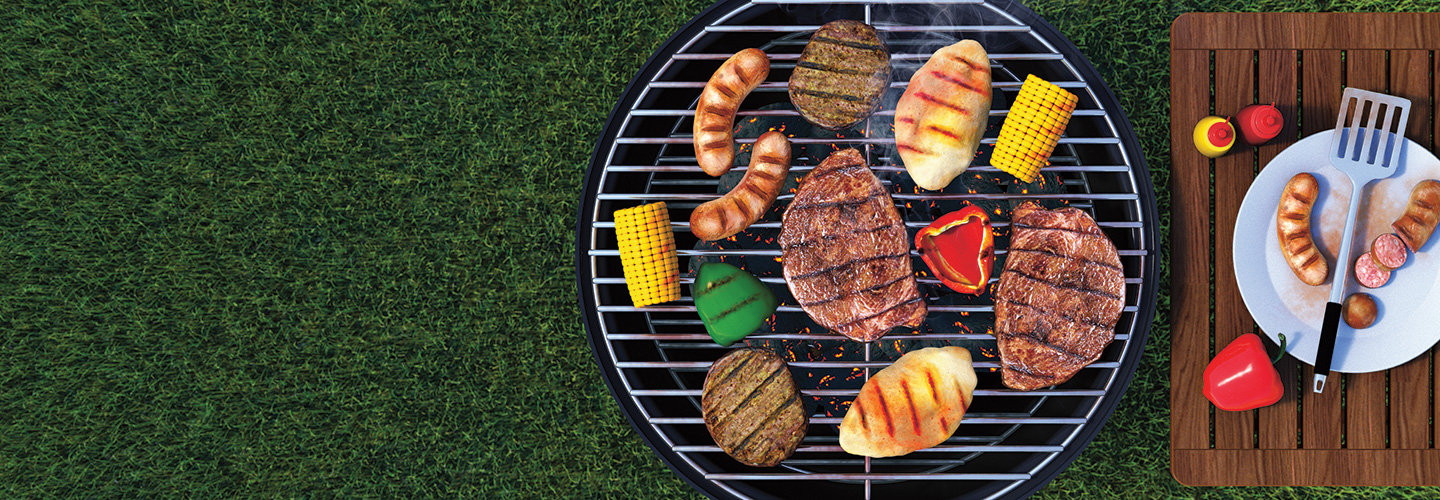Summer is almost here! One of the best ways to enjoy the warmer weather is to grill up some juicy burgers at a barbecue. You take a bite. It looks like a burger. It tastes like a burger. But it’s made of plants!
Thanks to science, food companies have created meat alternatives that look and taste just like real meat. Some are made from plants. Others are made from animal cells.
Eating real meat has some drawbacks, says Matt Ball. He works for the Good Food Institute, where he helps companies develop animal-free products. He says that compared with meat products, meat alternatives require fewer resources, like land, water, and animal feed. For instance, it takes 625 gallons of water to produce one hamburger. It takes only about 3 gallons to make a meatless Impossible Burger. And no animals need to be killed to make meat alternatives.
Read on to find out more about meat alternatives that you could grill this summer and in the near future.

